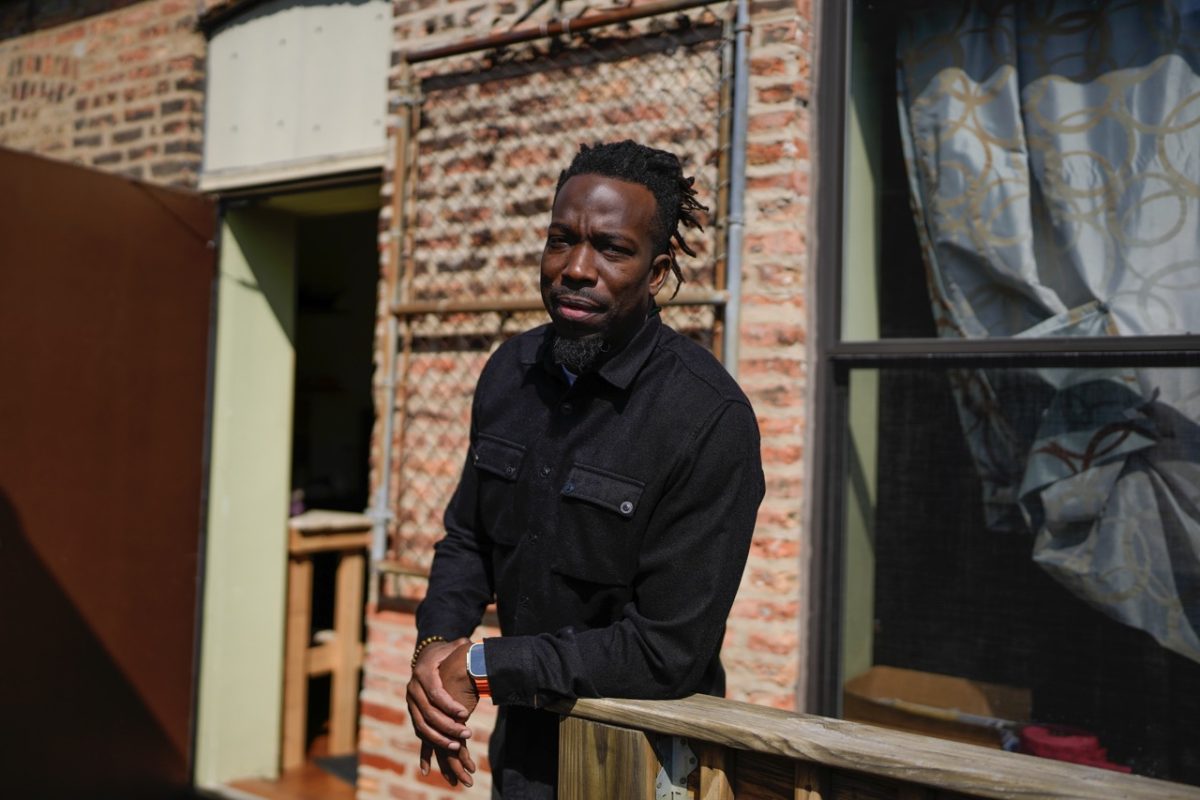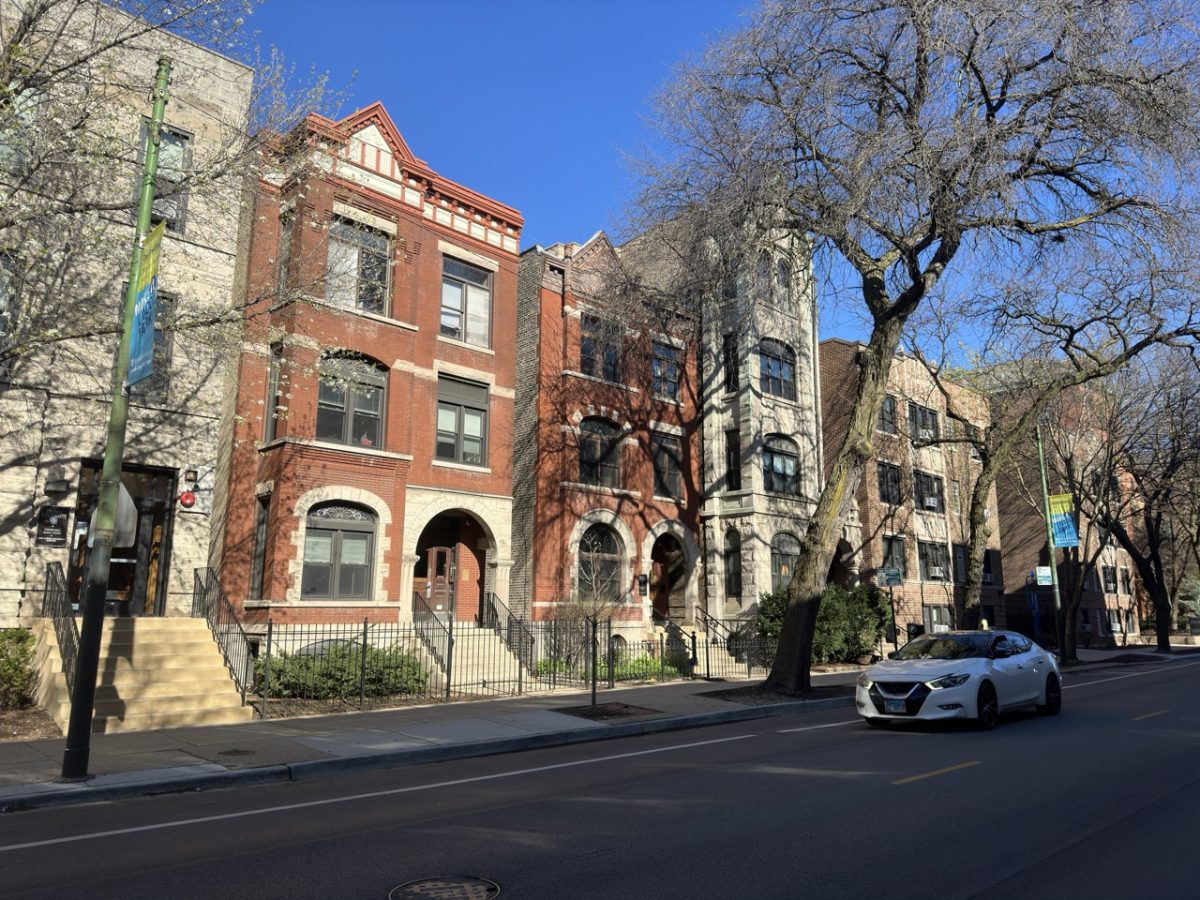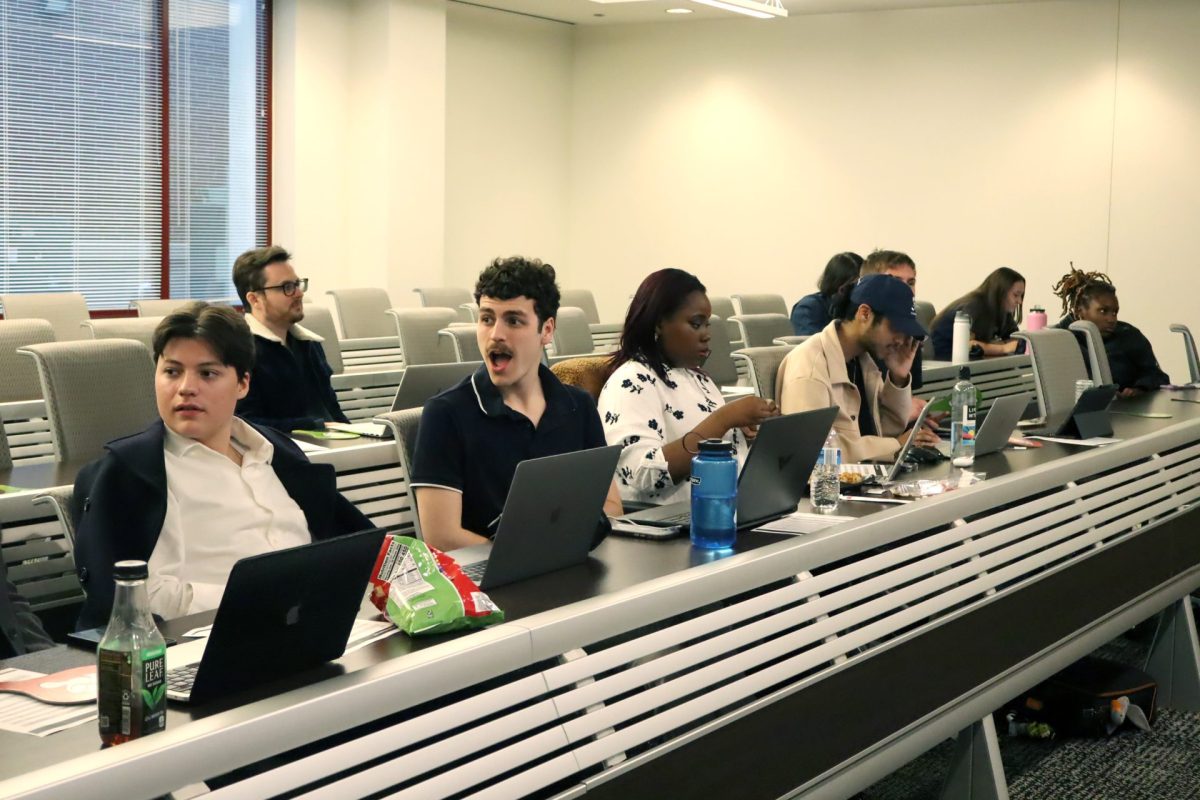Sudden applause, mixed feelings and impassioned concern took turns filling Room 120 of the Student Center as more than 60 people attended a community meeting Thursday Oct. 8 to discuss the concept of the Kenmore Woonerf and the 47 parking spaces it would eliminate.
Woonerf is a Dutch term literally meaning “living street” and is a shared space between pedestrians, cyclists and motorists.
The woonerf was suggested by 32nd Ward Alderman Scott Waguespack who encountered them in his own travels. This takes the place of the previously proposed Kenmore Green, which would have shut down Kenmore Avenue to traffic, which he opposed.
“We’re changing the way Chicago is looking at the city,” Ald. Scott Waguespack said. “Moving from a very automobile focused city to one that has a bit more balance.”
Panelists included Waguespack (32nd), Ald. Michele Smith (43rd), Joseph Antunovich, president Antunovich and Associates, Luann Hamilton, Deputy Commissioner of Project Development for the Chicago Department of Transportation, and Robert Janis, vice president of facilities operations at DePaul.
Antunovich, whose firm is behind the modern design of the Lincoln Park campus and University Center Chicago in the Loop, presented the Woonerf as a part of DePaul’s 2009 master plan. The Woonerf is meant as a safer alternative to the street into which students frequently run to get back and forth between buildings.
Kenmore Avenue, from Fullerton to Belden, would be reconstructed to eliminates curbs and create a flat, living space with more greenery, new sitting areas, bike racks and period style lighting that is closer to the ground. Traffic will be allowed through a single curved southbound lane. The design allows for the passing of emergency and service vehicles.
“We’re very, very excited about this idea and we hope that you will be as excited about this idea as we are,” Antunovich said. “We are just thrilled that… we would be the first in the city with this very new and innovative idea.”
After the presentation, the floor was open to questions and comments from attendees and while organizing officials agree with the plan, neighborhood residents made their concerns clear.
“The issues with parking and traffic have transformed my life for the worst,” Sue Ellen, a Lincoln Park resident, said who agreed with another resident on the “quality of life” issues that the influx of people creates such as not being able to go shopping or inviting people over because of the lack of parking.
The biggest concern of the night was the loss of 47 parking spaces which would occur if the plan moves forward. According to residents, the parking situation in the neighborhood is already tight, especially with the loss of such roads as Seminary Avenue and the former parking garage which is now the home of McGowan South. Further agitating the issue is that the spots that residents should be able to use in front of their homes are regularly taken by DePaul students and staff.
DePaul would compensate residents for the lost spaces by providing free 24/7 access to various parking lots and structures.
There were some residents who understood the value of the proposal to the student body.
“DePaul is a tremendous asset to this community,” one resident said. “If it will enhance the experience of their students, we should strongly consider it.”
The idea of introducing a stoplight at the intersection of Sheffield and Belden avenues was raised frequently throughout the night, sometimes as a way to offbalance the potential dispersion of traffic from Kenmore and other times as an inescapable necessity. However, the stoplight has come to the attention of proper authorities before but did not move any further due to concerns about drivers who accelerate during yellow lights and students who may be too distracted to pay attention while crossing and/or may not respect the light, according to Luann Hamilton, Deputy Commissioner of Project Development for the Chicago Department of Transportation (CDOT).
The Woonerf would be fully funded by DePaul while maintenance would fall to the City of Chicago. Last May, Kenmore was shut down to study the potential street closure. The effects were apparently favorable with little diversion of traffic to Sheffield, a major fear of residents. Overall, residents expressed affection for DePaul and apprehension for what this could mean for their daily lives.
“Sometimes we stress each other out, and this is one of the moments,” said Phil Anderson, a Lincoln Park resident since 1991, said.
It became clear that the parking situation around DePaul needed to be revisited as the entire area is a mixture of permits and regulations that create frustrating and inconsistent parking experiences for the community. Parking permit enforcement was also mentioned as a huge problem in the area. Waguespack vows to work on creating a more uniform and comprehensive set up.
Solutions included reducing the parking lot prices for DePaul students to prevent them from parking in the street. Free parking, which was suggested, would cause an inundation of cars and exacerbate the problem rather than solve it.
The community has spoken which means the next step is for all involved to go back to the drawing board with the feedback of the residents and the desires of the communities on the table and return with a proposal that pleases everyone in this new living space.







